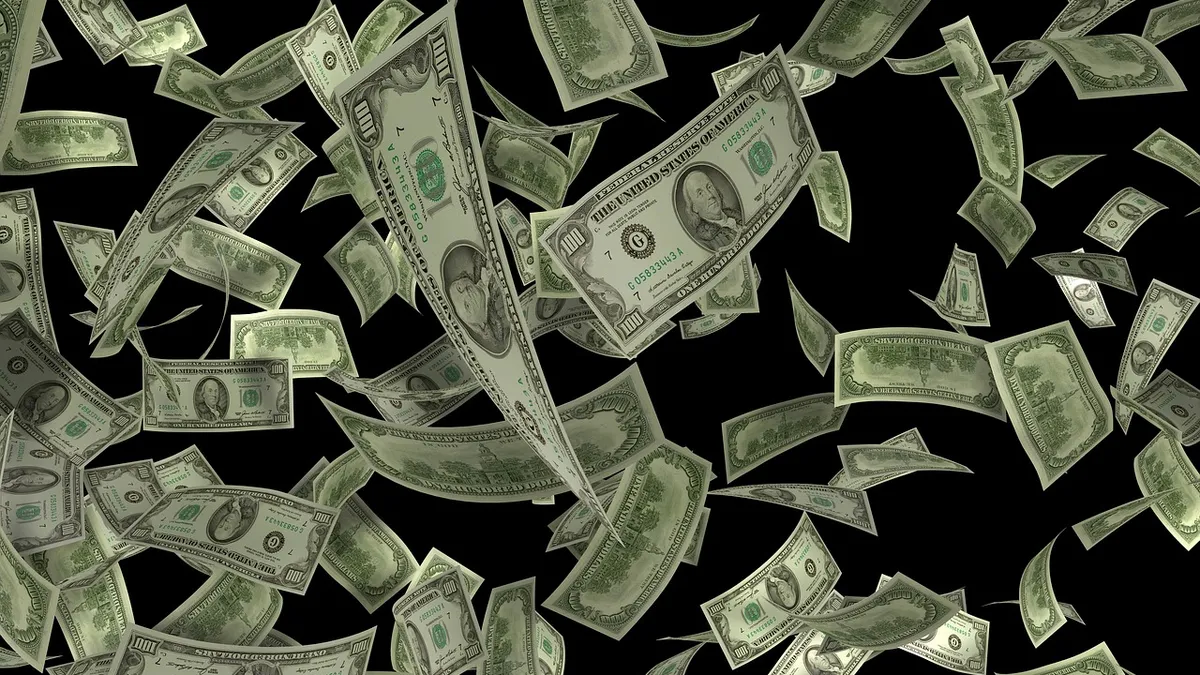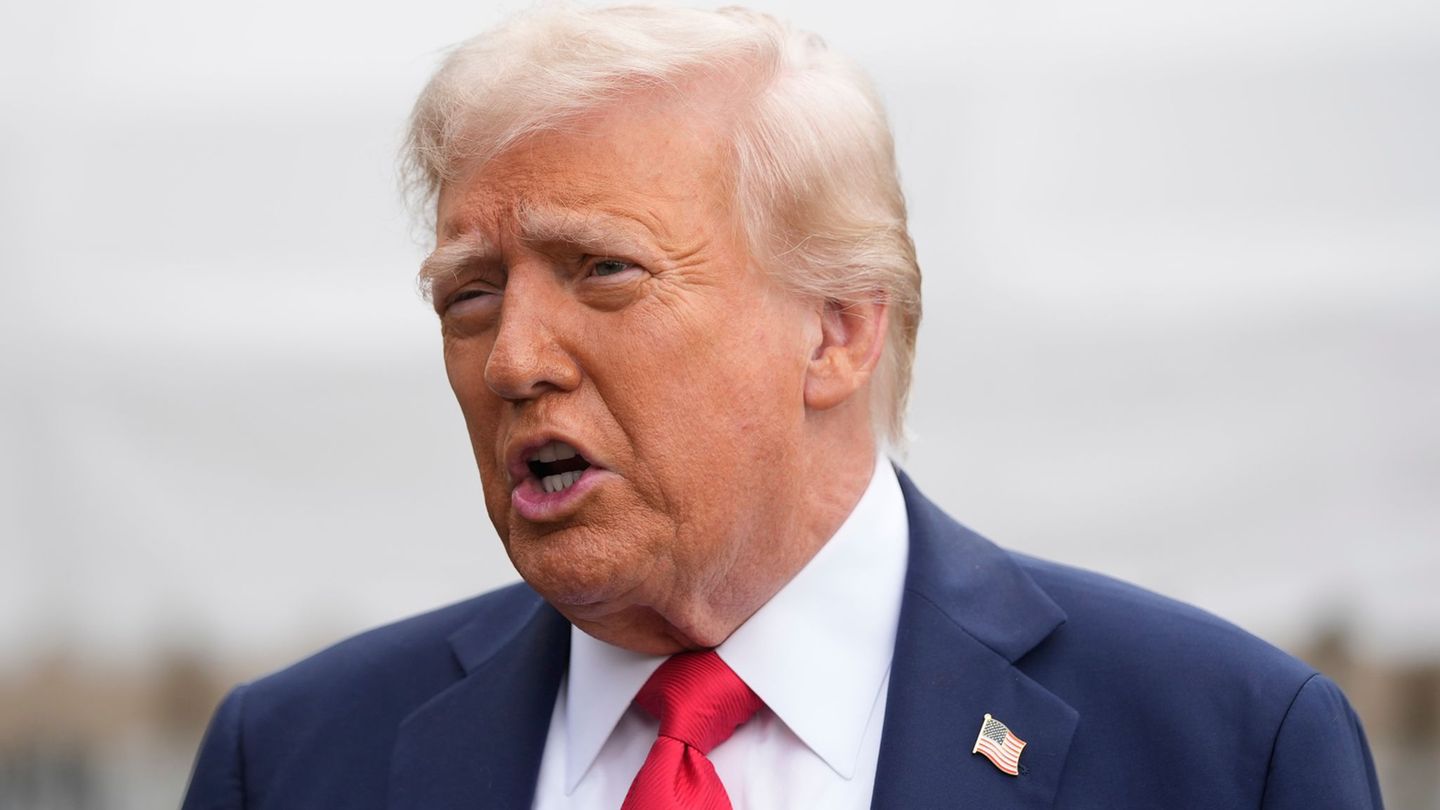- a differentiated exchange rate of $340 for grain exporters of regional economies
- the collection of PAIS tax in different percentages (ranging from 7.5% to 25%) for the importation of goods and services.
- decided to equate the value of the solidarity dollar or savings with the of dollar card/tourist (for consumption less than u$s300 per month), which this Monday closed at $497.65 ($31.46 more expensive than the closing on Friday of the solidarity
New measures: the first reactions
This Monday, it was a boiling point. The market began to digest measures and the effects that this process had were uneven in the different markets. Bonds and shares began with an immediate positive reaction, which was maintained throughout the day in the former due to the optimism generated by a rapprochement with the Fund and which, as always happens, resulted in a drop in country risk; but that was diluted in the papers of companies, which, due to profit taking, closed down.
The blue dollar, a small square and something “emotional” in its reactions to political ups and downs and exchange rate measures it shot up to $552, while the dynamics of financial dollars was descending. And, in the City, concerns revolved around how the new measures, which many called a “fiscal devaluation” could affect the dollar futures market and the future exchange rate policy of the Central Bank (BCRA), but also warned that it could imply a rise in inflation going forward.
The electoral contest and the stocks
Meanwhile, at the Rural Exhibition, the various pre-candidates for the most popular presidents spoke to the field and one of the topics that were mentioned was the lifting of the stocks. Once again, the shock devaluation was put on the agenda. Patricia Bullrich was the one who promised to move in this direction, while Horacio Rodriguez Larreta It was more moderate and Sergio Massa took advantage of the space to anticipate his decision to remove withholdings in the coming months.
This Tuesday, the foam seems to be starting to go down and the blue is rearranging itself, as the illegal exchange rate usually does after such abrupt jumps. He Dolar blue falls for the first time after 5 days on the rise this Tuesday, July 25, after the announcements of the Ministry of Economy on the dollar, after the understanding that was achieved with the International Monetary Fund (IMF) to advance in the revision of the program and obtain the disbursements foreseen for the second half of the year.
Thus, the parallel dollar It pierces $550 and drops $6 to $546, according to a survey by Scope at City Caves. On Monday, the exchange rate it shot up to $23, scoring its biggest daily rise since the April bullfight, when on the 25th of that month it climbed $33 in one day.
What happens and what comes
The financial dollars are bullish at the moment and the shares started with a downward trend, but then reversed and are beginning to resume bullish dynamics for the moment. World markets also show a positive trend due to the expectation regarding the measures that the Federal Reserve (Fed) will take.
In the local market, analysts expect that the search for coverage in forward dollarized assets is likely to continue, which is normal in pre-election stages like the current one. But, also bonds are proving to be an interesting asset for investors and could keep the positive momentum going forward.
What is expected is that the government will be able to reach an agreement with the IMF shortly and that this will bring more calm and respite to the economy, together with the income of the US$2,000 million that is expected to come in as a result of the new export incentive program. This Monday, the BCRA managed to buy reserves for US$56 million in the exchange market and ended the selling streak thanks to the drop in the authorized demand for foreign currency, due to the fact that financial institutions they had to adapt their systems to the new regulations established by the Government.
It is necessary to see if this Tuesday manages to remain a buyer. But the big dilemma facing him going forward is that he has to face several payments to the IMF in the coming weeks. One will be between Friday and Monday and the other, next month. Thus, the reserves would drop to US$20,000 million. For this reason, the implementation of the dollar for exporters that encourages the liquidation of grains and also an urgent disbursement from the Fund is key.
On the other hand, the market is calibrating its inflation measurements to see how the jump in the dollar will influence that index in July, given that this is the last week of the month and the first private forecasts for price increases will begin to be released on Monday.
Source: Ambito




